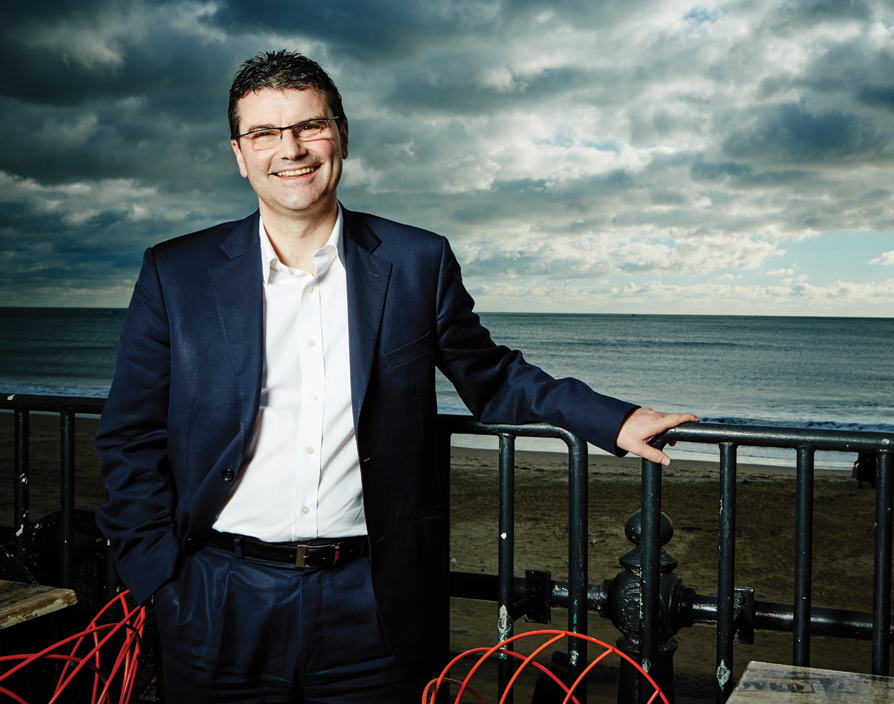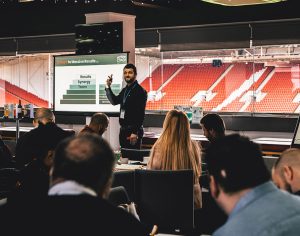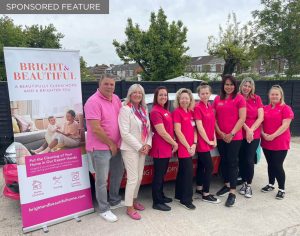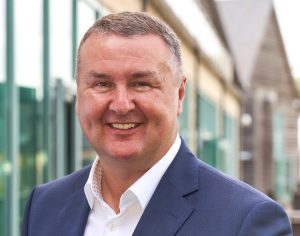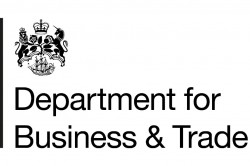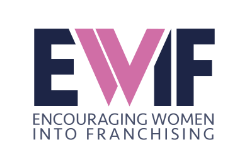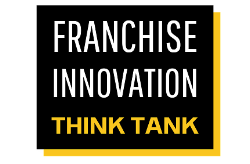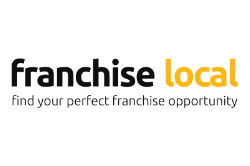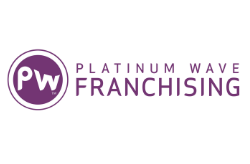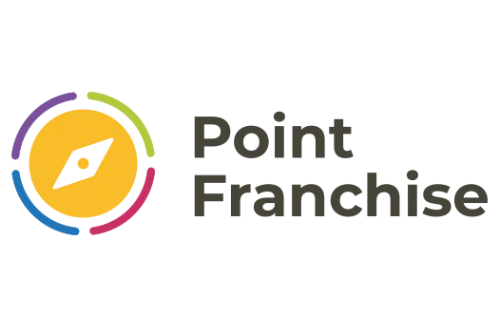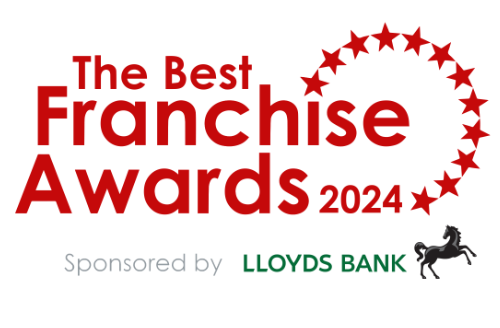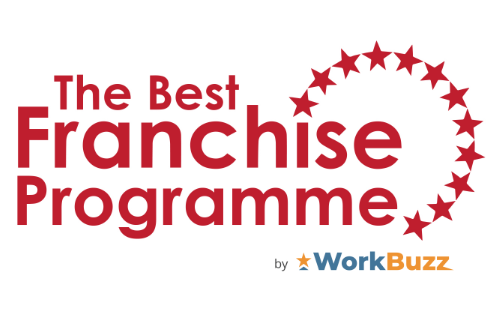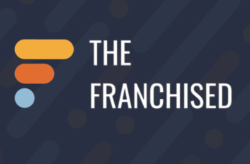To say that Joe Teixeira has an impressive CV would be something of an understatement. His career in the food industry has encompassed the likes of Pizza Hut, Burger King and, most notably, John Lewis. However, things may have played out very differently for the man who is now trying to rekindle the fortunes of Harry Ramsden’s.
After moving to the UK with his family at the age of 12, Teixeira had his sights set on becoming a professional footballer. He broke into the senior side at Barnet before earning a trial at high-flying Crystal Palace. But his footballing dreams were cut short by knee injury. “I had to put a stop to it and my father said, ‘You better get into the real world, son’,” says Teixeira.
Fortunately for Teixeira, he already had a decent grounding in food service. With professional football wages in the early-1980s incomparable to the astronomical levels of today, he had to supplement his income in other ways. “I was working at a restaurant in Barnet, which is where I first got into the industry,” he says. He also enjoyed a stint on board the SS Carnival cruise liner – working as an assistant food and beverage manager – before eventually joining Whitbread as a graduate trainee in 1984.
Two years earlier, Whitbread had brought Pizza Hut to the UK in a joint venture with PepsiCo Foodservice and it was at the pizza chain where Teixeira started to show his potential. Within three years of joining as a fresh-faced graduate, he became an area manager and later, following a stint with Burger King, he was flown out to Portugal to establish Pizza Hut in his native country. “They already had one site there: because they were operating it badly, the first thing I did was close it down, reformat it and reopen it,” he says. “We then started opening a number of sites and by the time I left Portugal we had 11 open and another five in the pipeline.”
Upon returning to the UK, Teixeira had a short spell at Bright Reasons – where he helped establish the brand now known as Bella Italia – before moving on to Greenalls Pubs and Restaurants. As operations director for Henry’s Cafe Bars, which had joined Greenalls’ portfolio as part of its acquisition of competitor Devenish, Teixeira set about imprinting his vision on the brand he’d first encountered at former employer Whitbread. “”I never worked for Henry’s when I was at Whitbread but I saw it as a Parisian upmarket café bar,” he says. “Devenish decided to turn it back into a pub so when I got it, I repositioned the brand and it was very successful.”>
Teixeira’s exploits at Henry’s didn’t go unnoticed and, after six years with Greenalls, he was poached by Parisa Cafe Bars to help build its brand in the UK. The company was headed up by Nader Haghighi, who’d bought out Cellar 5, the off-licence arm of Greenalls, in 1997. He had a vision for a chain of bars that served food and sold an extensive range of wines at off-licence prices. “In Henry’s Café Bars you paid the retail price whereas in Parisa Café Bars we wanted the food to lead but not rip people off on wines,” says Teixeira. “So we had 250 different wines at off-licence prices and only charged the customer a £5 corkage fee.” The concept took off and three years later Parisa was acquired by pub operator SFI. “We sold it for a nice tidy sum and I bought a holiday home in Portugal,” says Teixeira. “I’m still enjoying it today.”

Adam Pescod
EF's editor is tasked with ensuring these hallowed pages are rich with excellent, engaging and error-free stories for fabulous franchisors and franchisees. Pescod previously plied his trade penning pieces about pubs and pints. He is also a sucker for alliteration.

Adam Pescod
EF's editor is tasked with ensuring these hallowed pages are rich with excellent, engaging and error-free stories for fabulous franchisors and franchisees. Pescod previously plied his trade penning pieces about pubs and pints. He is also a sucker for alliteration.
